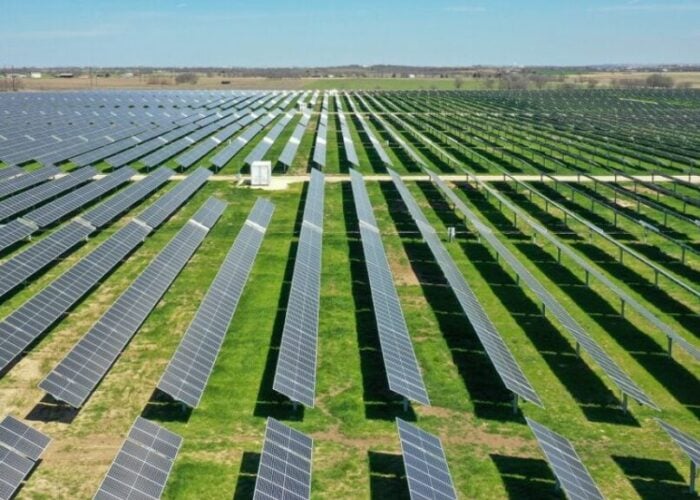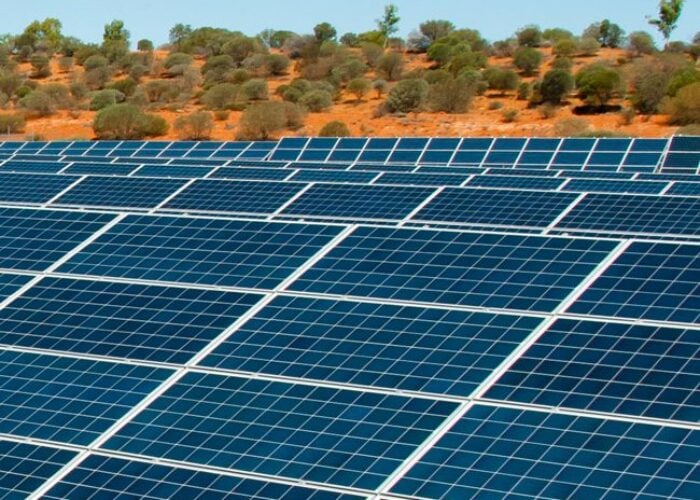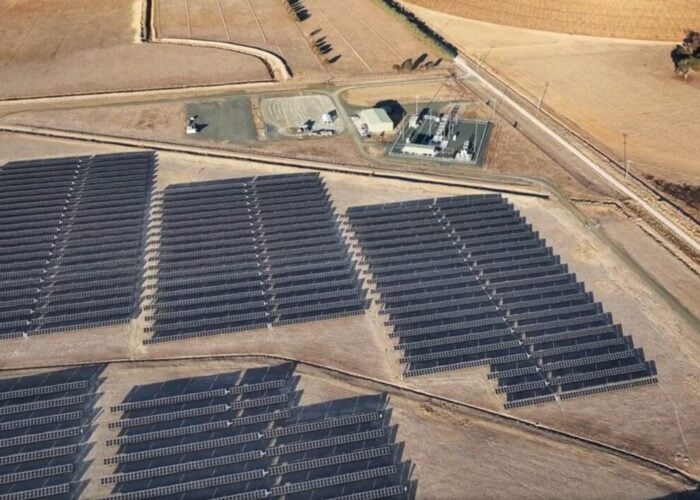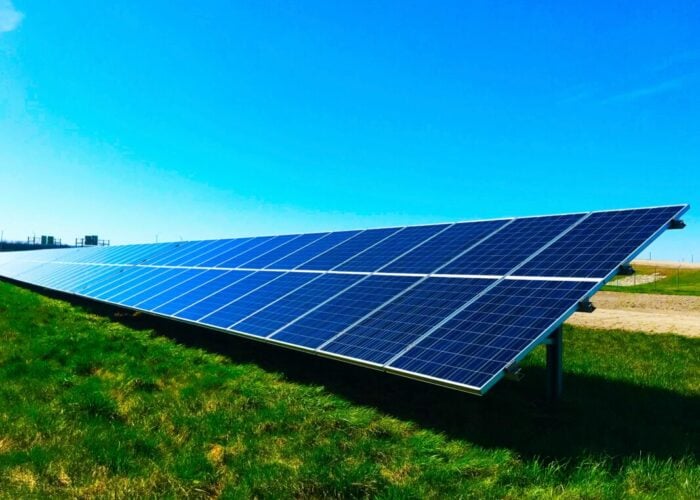
Sungrow has launched its latest ST3727KWH(L)-D1250HV+SG3125HV-MV DC-coupling solution for utility-scale PV power plants across Europe that require EES now or in the future. The new unified system offers minimalized system costs compared with AC solutions in certain cases, enhanced energy conversion performance and high levels of reliability and durability, according to the company.
Problem
As the proportion of renewable energy in utility grids continues to grow worldwide, large storage systems are becoming an increasingly important issue. Until now, AC-coupled systems have been the means of choice for coupling large battery storage systems to PV power plants, due to lower costs. These involve two or more energy systems (PV and storage systems or only storage systems) working separately from one another on the DC side. The energy paths are then coupled together on the AC side upstream of the connection to the medium-voltage grid / Point of Interconnection (POI), hence the name of AC coupling. In the case of high DC/AC ratio, the power limitation of POI has become another obstacle to increasing the revenue of photovoltaic power plants. Traditional storage plus solar applications have involved the coupling of independent and PV inverters at an AC bus. The equipment cost is high, the technology is complicated, and the system reliability can be poor.
Solution
With DC coupling of the ST3727KWH(L)-D1250HV+SG31250HV-MV, the battery and the PV array are connected to a central inverter on the DC side. The central inverter is then connected to an MV transformer to complete the system. As a result, the battery inverter, as well as an additional transformer and medium-voltage switchgear, are no longer required. System costs are minimalized as there are fewer components. Short cable routes minimize energy losses in the lines – the entire system becomes more efficient. A further benefit of DC coupling is that installation is faster, since the system is made up of fewer components. This also means lower maintenance costs. Full load hours are also further optimized.
Applications
Try Premium for just $1
- Full premium access for the first month at only $1
- Converts to an annual rate after 30 days unless cancelled
- Cancel anytime during the trial period
Premium Benefits
- Expert industry analysis and interviews
- Digital access to PV Tech Power journal
- Exclusive event discounts
Or get the full Premium subscription right away
Or continue reading this article for free
Utility-scale PV power plants requiring the addition of ESS or EES systems as a retrofit or upgrade. Can control the ramp rate of a PV power plant, while reducing the impact to the grid. Minimizes the power clipping losses for high DC:AC ratio projects and manages plant curtailment and energy time shifting.
Platform
The DC coupling of the ST3727KWH(L)-D1250HV+SG31250HV-MV system provides a number of key functions. Reactive power compensation: The PV inverter has Q at night function, which enables it to act as reactive power generator for the grid. Ramp rate control: Changes in irradiation / fluctuations can be reduced via the battery system and follow a defined power ramp in both directions for increasing and reducing power. This ensures that the amount of energy required is always available. PV smoothing: Short, rapid changes and fluctuations in irradiation can be smoothed/balanced out via the battery system. Clipping recapture: If the current PV array power exceeds that of the inverter, the surplus energy is stored in the batteries on the DC side, while the inverter can continue to operate under full load. The energy stored can be used to extend the operating time for the inverter that day, sold on the energy market later or discharged once more through time-of-use tariffs. Frequency support: The inverter supports the utility grid with active power if the grid frequency drops. Through the battery system, the inverter can support the utility grid more independently of the current solar irradiation in the event of a failure. Connecting larger units: The principle of DC coupling enables over dimensioning of the PV arrays used or a higher power class in the central inverters to increase yield. The platform offers bi-directional inverter charging and discharging from the grid. No standalone PV/BESS combiner box required. Parallel up to 3x DC/DC converters. Allows for 1:1 PV/BESS ratio. Each DC/DC contains up to 10x 125kW DC/DC converters. Stops the battery short circuit current at rack level. Futureproof platform enabling the inclusion of DC/DC + ESS in the future as and when required.
Availability
Currently available.
PV Tech is hosting a TechTalk Product Series webinar with Sungrow for PV project developers, EPCs, IPPs, asset owners and interested parties to increase their understanding of the latest developments in DC coupling EES solutions and benefits including grid stability, key applications and future proofing opportunities.
Title: “Sungrow: Key benefits of DC coupling EES solutions”
Wednesday, January 20th 2021 – 10:00 AM (CET) Approximately 30 minutes including Q&A.
More information and free registration can be found here.






